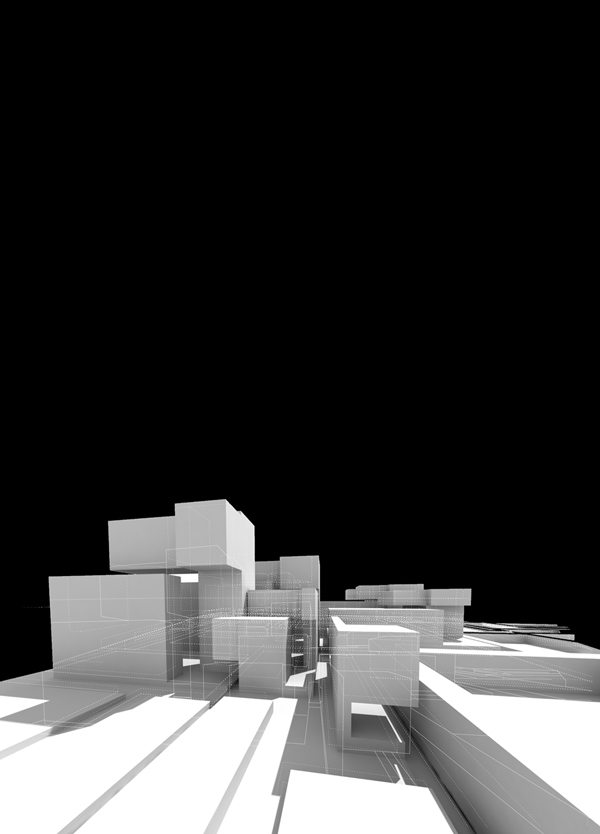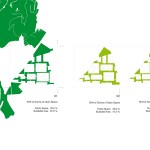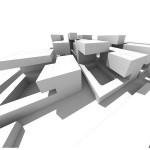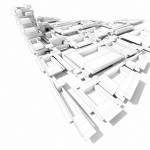Structuralism reloaded

Parametric Design Processes in Urban Design
Transformations in existing neighbourhoods or the design of new urban areas are always occurring in the highly complex environment of the city system. The opportunity of rulebased designing consists of both refining the design capability within the complexity of urban systems as well as optimizing action and intervention. Computeraided parametric design tools have great potential for urban design because working with structural principles, relationships and dependencies are inherent to this method. This is the parametric design based on the urban construction to be understood as a process in which a digital system of relationships, as it were designed as a structuring constellation whose properties are determined by factors and remain to be defined by these and other possible values permanently modifiable. The concept is based on a dynamic set of rules that influences all other elements as a reference system. The complexity can increase by setting other systems as subsystems in relationship to each other.
[…]
The “Porta BCN” study is of an area forming a western entrance to the city, a gateway to Barcelona, at the beginning of two determining streets, the urban structure to be redefined. This area (about 58 ha) is located west of the old city of Barcelona, between Avinguda Diagonal and the Carretera de Collblanc / Carrer de Laureà Miro and is bounded on the west by the Ronda de Dalt.
[…]
The premise of the design concept is to answer to the exposed position in the urban fabric so it may arise in a kind of experiment to an individual district with a specific address. The program will provide services with regard to quality living and working space in Barcelona and must be as flexible as possible for the blanks and the dimensioning of building sites and subdivision, the relationship between buildings, open space and the distribution of activities. In addition, there is the possibility to check on the unpredictable, how to respond to changes in the program, other densities or modified blanks from urban sites, including other types of buildings, without loss of structured framework, design quality and feasibility.
[…]
For the study, specific architectural types have been developed as components of influence defining behaviour, including with respect to their position in the area, density, shading, proportion and dimension.
This is a sensitive system, which responds in its interaction with environmental factors (climate, light, wind, aerodynamics, density, etc.). Energetic and programmatic relationships are included as determinants in the design. The increase in the qualitative complexity of the urban structure itself is also subject to the draft, their dynamic modification and differentiation of individual components / volumes that are within the relationship system in interaction with each other.







